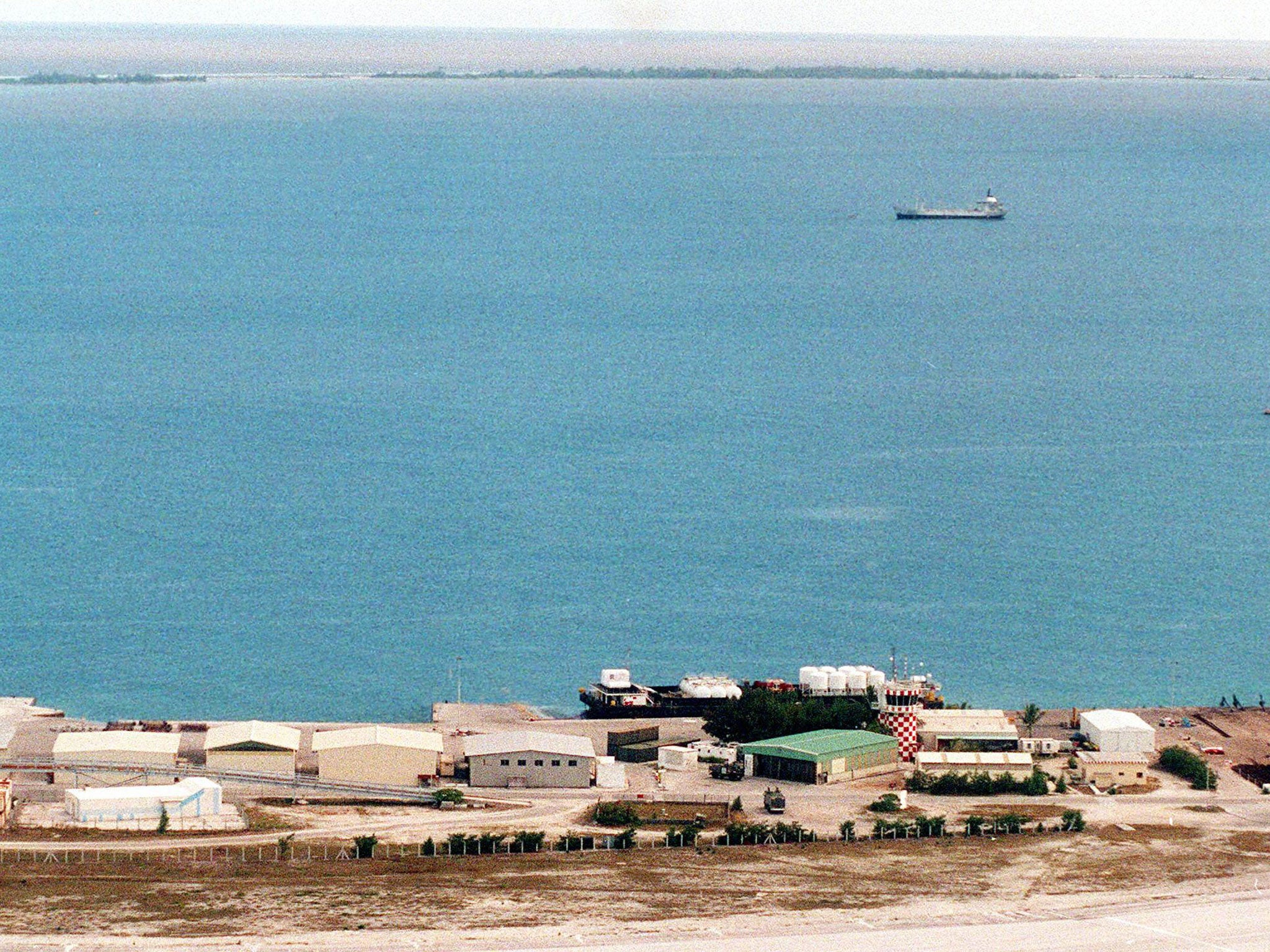Thousands exposed to nuclear fallout 500 times the maximum accepted levels during South Pacific tests
Declassified military documents reveal that French tests in the region in the 1960s and 1970s posed far more of a threat to those involved than previously acknowledged

Your support helps us to tell the story
From reproductive rights to climate change to Big Tech, The Independent is on the ground when the story is developing. Whether it's investigating the financials of Elon Musk's pro-Trump PAC or producing our latest documentary, 'The A Word', which shines a light on the American women fighting for reproductive rights, we know how important it is to parse out the facts from the messaging.
At such a critical moment in US history, we need reporters on the ground. Your donation allows us to keep sending journalists to speak to both sides of the story.
The Independent is trusted by Americans across the entire political spectrum. And unlike many other quality news outlets, we choose not to lock Americans out of our reporting and analysis with paywalls. We believe quality journalism should be available to everyone, paid for by those who can afford it.
Your support makes all the difference.Islands in the South Pacific were exposed to up to 500 times the maximum accepted levels of radiation during French nuclear tests in the 1960s and 1970s according to newly declassified military documents.
The revelation that the fallout from the testing of nuclear weapons in the region hit a far larger area - stretching as far as the island Bora Bora - with far more intensity than previously acknowledged, has angered veterans and civilians' groups.
Between 1960 and 1996, the French military carried out 193 tests in the South Pacific - as well as 17 in the Algerian Sahara.
Tahiti, the most populated island, is thought to have been exposed to 500 times the maximum accepted levels of radiation during a test on 17 July 1974.
Thousands of people have spent decades fighting for compensation for health issues that they say were triggered by the tests.
Le Parisien, the French newspaper which has seen the documents, said they "lifted the lid on one of the biggest secrets of the French army".
Bruno Barillot, who has investigated the impacts of the nuclear tests for the Polynesian government, observed high levels of thyroid cancers and leukaemia in Polynesia. He said the declassified documents revealed Tahiti had "literally been showered with plutonium for two days."
He also claims that the French government were aware of the risks being posed. Some 114 of the 2,050 pages declassified remain blacked out.
The French authorities only made compensation available in 2010, but it has only been available to those in a limited geographical area now suffering from certain ailments.
Around 150,000 veterans and civilians were exposed to the tests, including 127,000 in Polynesia. Only 11 people have received any form of compensation.
Troops who worked on the test were given little protection. One veteran says he was stationed in a boat just 15 miles from the epicentre, wearing only shorts and t-shirt. He was instructed to sail to the sight of the explosion immediately after to record the damage. Others were told simply to turn their backs to the mushroom cloud and cover their eyes.
Join our commenting forum
Join thought-provoking conversations, follow other Independent readers and see their replies
Comments